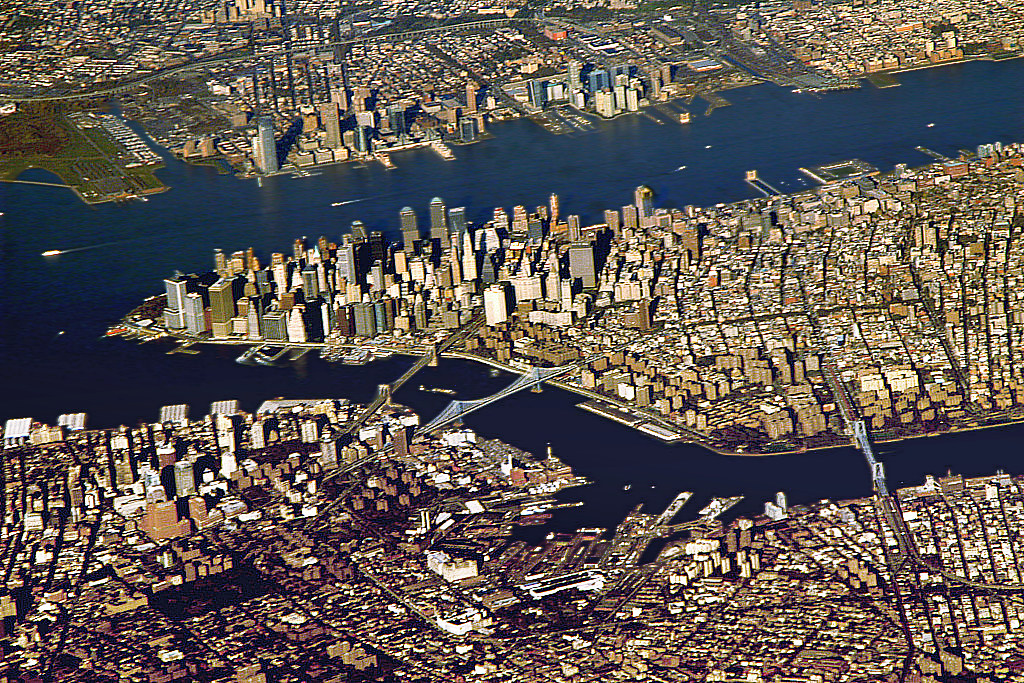|
Sandy Ground, Anguilla
Sandy Ground is a village and one of the fourteen Districts of Anguilla, and its main port. The long curved beach is backed by high cliffs and a disused salt pond Salt is a mineral composed primarily of sodium chloride (NaCl), a chemical compound belonging to the larger class of salts; salt in the form of a natural crystalline mineral is known as rock salt or halite. Salt is present in vast quantiti .... According to the 2011 census Sandy Ground has a population of 230. Population References External links Map of Sandy Ground Populated places in Anguilla {{Anguilla-geo-stub ... [...More Info...] [...Related Items...] OR: [Wikipedia] [Google] [Baidu] |
Districts Of Anguilla
Anguilla is an island in the Leeward Islands. It has numerous bays, including Barnes, Little, Rendezvous, Shoal, and Road Bays. Statistics Location: Caribbean, island in the Caribbean Sea, east of Puerto Rico Geographic coordinates: 18°15′ N, 63°10′ W Map references: Central America and the Caribbean Area: *''total:'' *''land:'' *''water:'' Area – comparative: about half the size of Washington, D.C. Coastline: 61 km Maritime claims: *''exclusive fishing zone:'' *''territorial sea:'' Climate: tropical moderated by northeast trade winds Terrain: flat and low-lying island of coral and limestone Elevation extremes: *''lowest point:'' Caribbean Sea 0 m *''highest point:'' Crocus Hill 73 m Natural resources: salt, fish, lobster Land use: *''arable land:'' 0% *''permanent crops:'' 0% *''permanent pastures:'' 0% *''forests and woodland:'' 61.1% *''other:'' 38.9% (mostly rock with some commercial salt ponds) Natural hazards: frequent hurricanes an ... [...More Info...] [...Related Items...] OR: [Wikipedia] [Google] [Baidu] |
Anguilla
Anguilla ( ) is a British Overseas Territory in the Caribbean. It is one of the most northerly of the Leeward Islands in the Lesser Antilles, lying east of Puerto Rico and the Virgin Islands and directly north of Saint Martin. The territory consists of the main island of Anguilla, approximately long by wide at its widest point, together with a number of much smaller islands and cays with no permanent population. The territory's capital is The Valley. The total land area of the territory is , with a population of approximately (). Etymology The native Arawak name for the island was ''Malliouhana''. In reference to the island's shape, the Italian ', meaning "eel" (in turn, from the Latin diminutive of ''anguis'', "snake") was used as its name. History Anguilla was first settled by Indigenous Amerindian peoples who migrated from South America. The earliest Native American artefacts found on Anguilla have been dated to around 1300 BC; remains of settlements ... [...More Info...] [...Related Items...] OR: [Wikipedia] [Google] [Baidu] |
Port
A port is a maritime facility comprising one or more wharves or loading areas, where ships load and discharge cargo and passengers. Although usually situated on a sea coast or estuary, ports can also be found far inland, such as Hamburg, Manchester and Duluth; these access the sea via rivers or canals. Because of their roles as ports of entry for immigrants as well as soldiers in wartime, many port cities have experienced dramatic multi-ethnic and multicultural changes throughout their histories. Ports are extremely important to the global economy; 70% of global merchandise trade by value passes through a port. For this reason, ports are also often densely populated settlements that provide the labor for processing and handling goods and related services for the ports. Today by far the greatest growth in port development is in Asia, the continent with some of the world's largest and busiest ports, such as Singapore and the Chinese ports of Shanghai and Ning ... [...More Info...] [...Related Items...] OR: [Wikipedia] [Google] [Baidu] |
Salt Evaporation Pond
A salt evaporation pond is a shallow artificial salt pan designed to extract salts from sea water or other brines. The Salt pans are shallow and large of size because it will be easier for sunlight to travel and reach the sea water. Natural salt pans are geological formations that are also created by water evaporating and leaving behind salts. Some salt evaporation ponds are only slightly modified from their natural version, such as the ponds on Great Inagua in the Bahamas, or the ponds in Jasiira, a few kilometres south of Mogadishu, where seawater is trapped and left to evaporate in the sun. The seawater or brine is fed into large ponds and water is drawn out through natural evaporation which allows the salt to be subsequently harvested. The ponds also provide a productive resting and feeding ground for many species of waterbirds, which may include endangered species. The ponds are commonly separated by levees. Salt evaporation ponds may also be called salterns, salt work ... [...More Info...] [...Related Items...] OR: [Wikipedia] [Google] [Baidu] |
